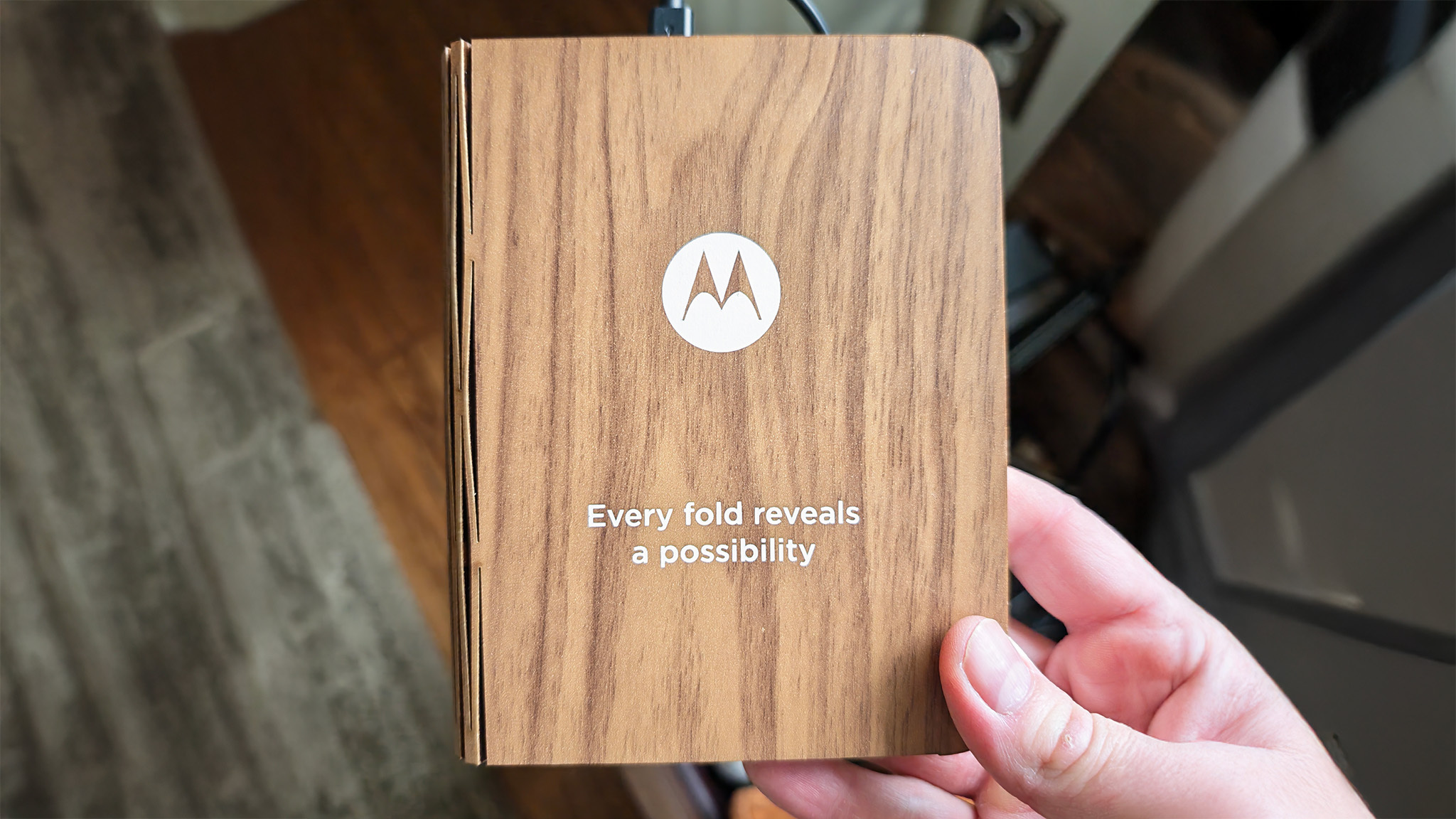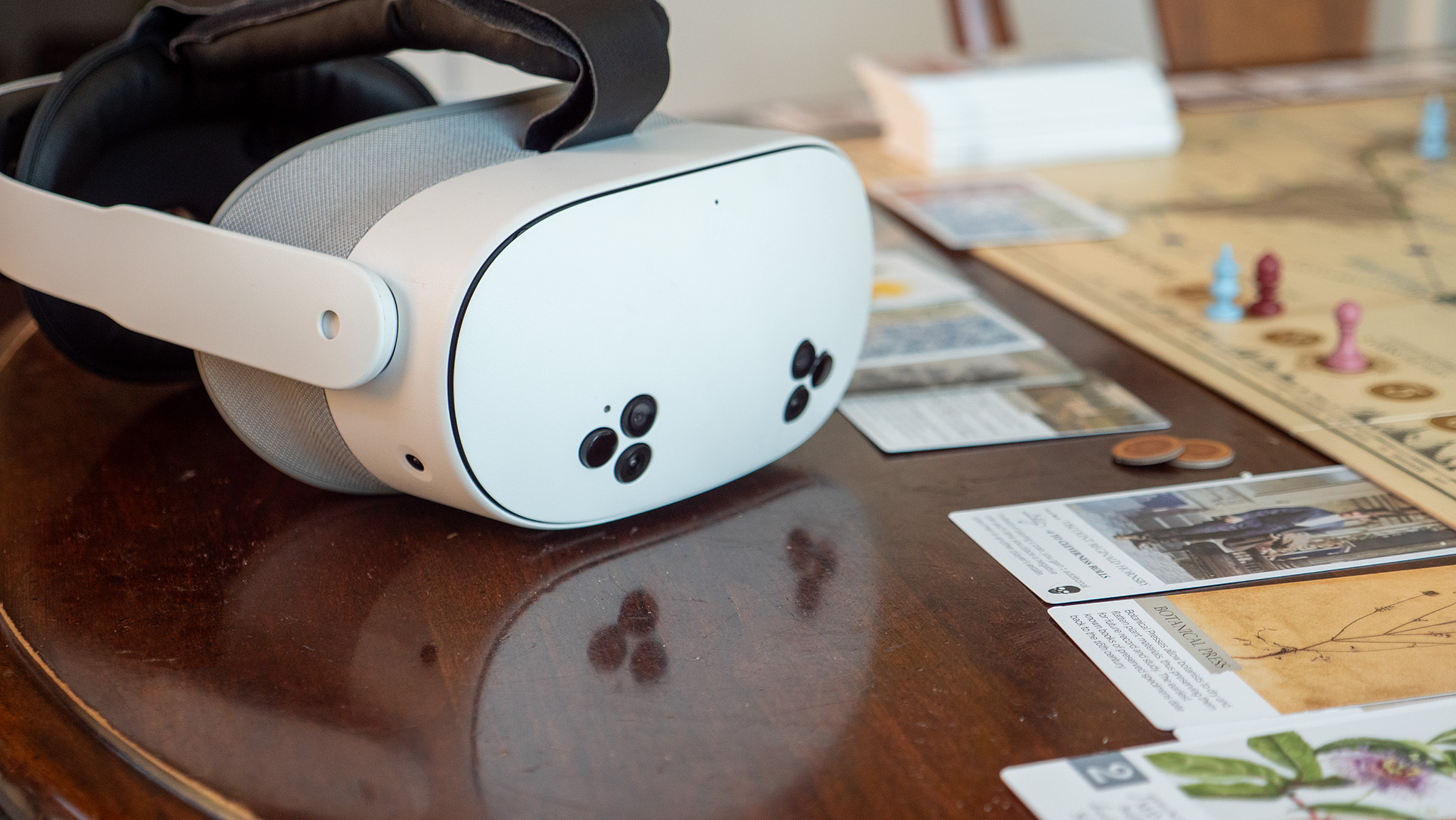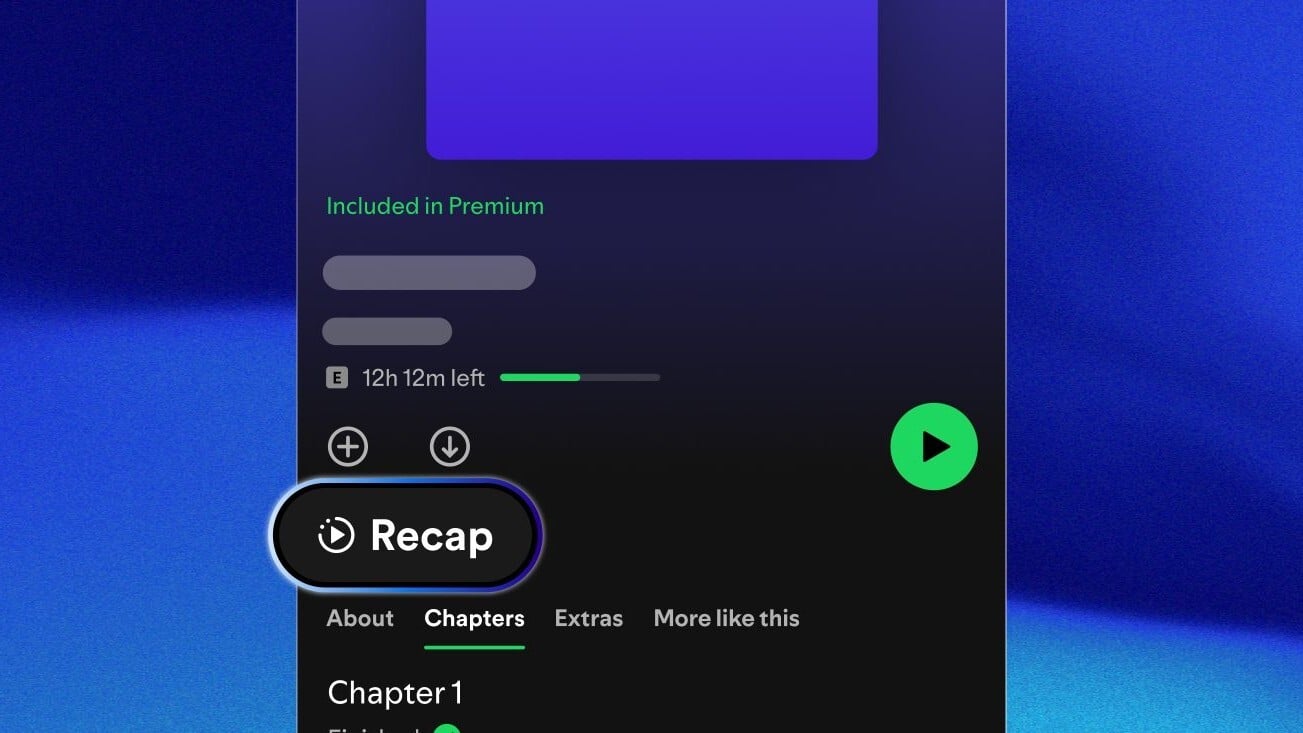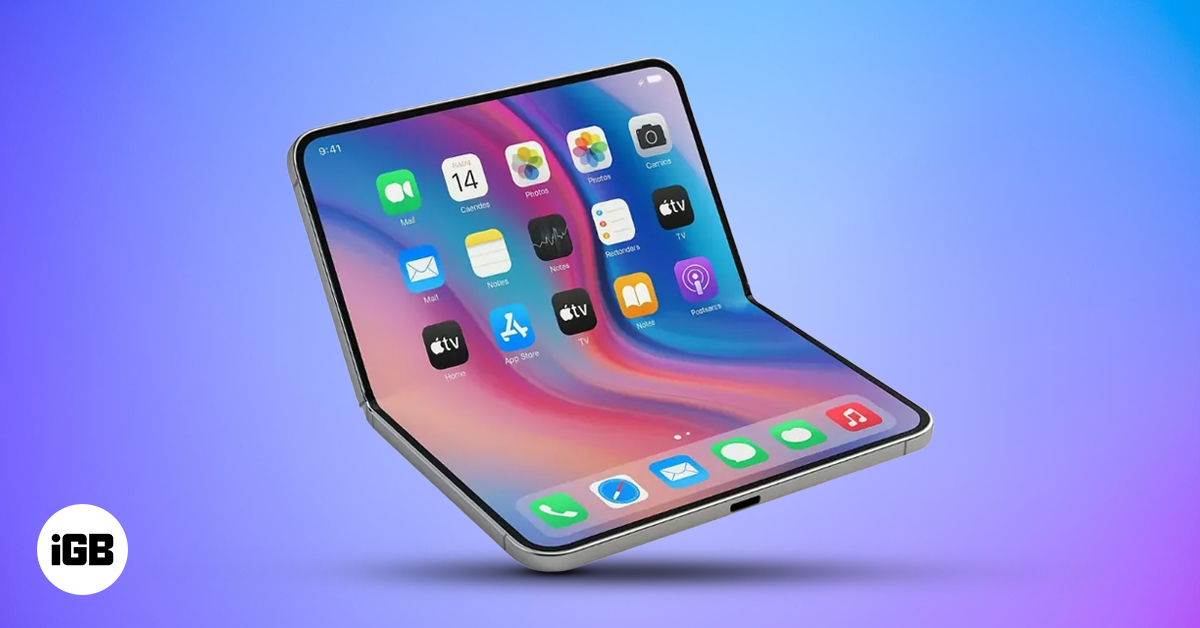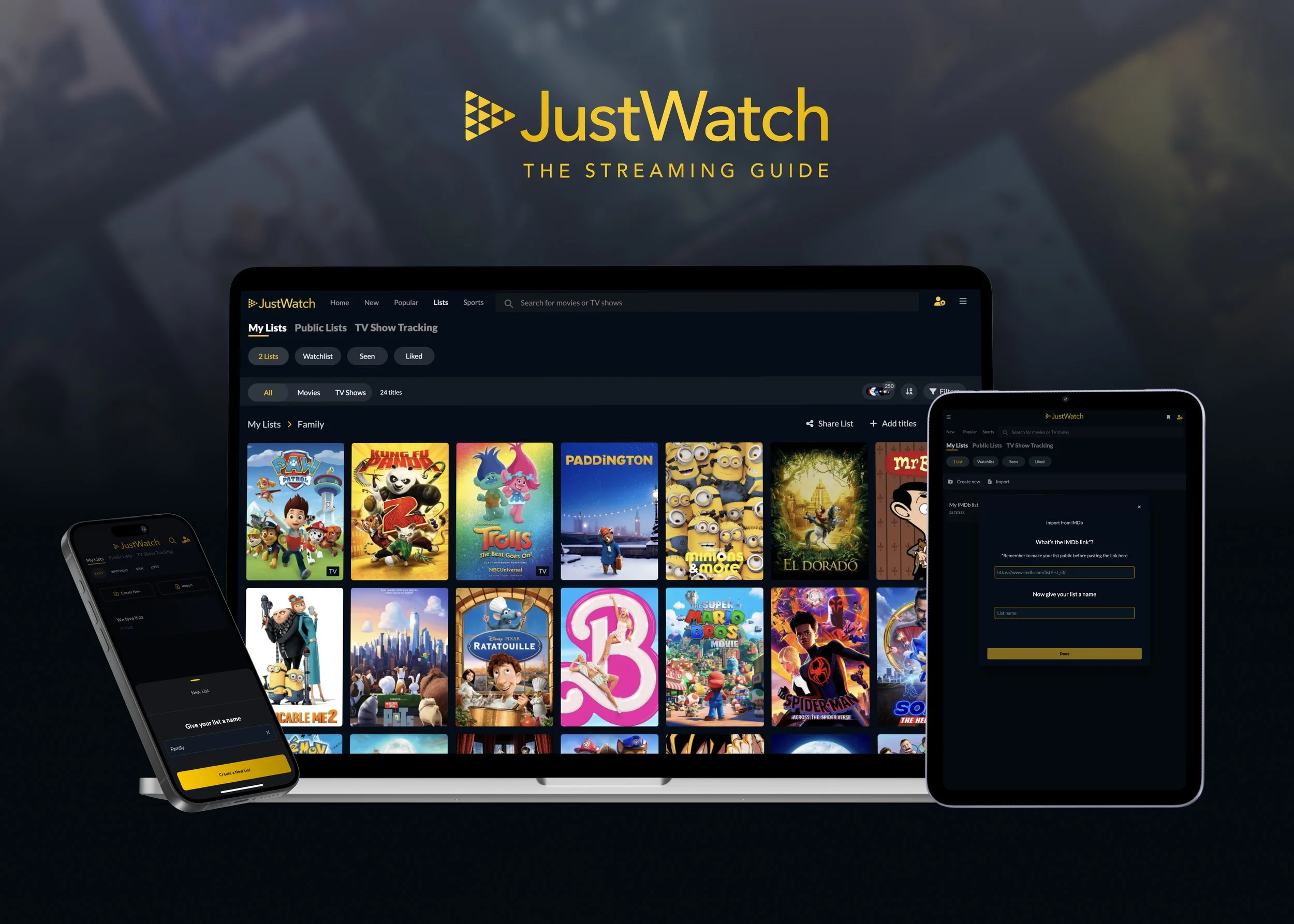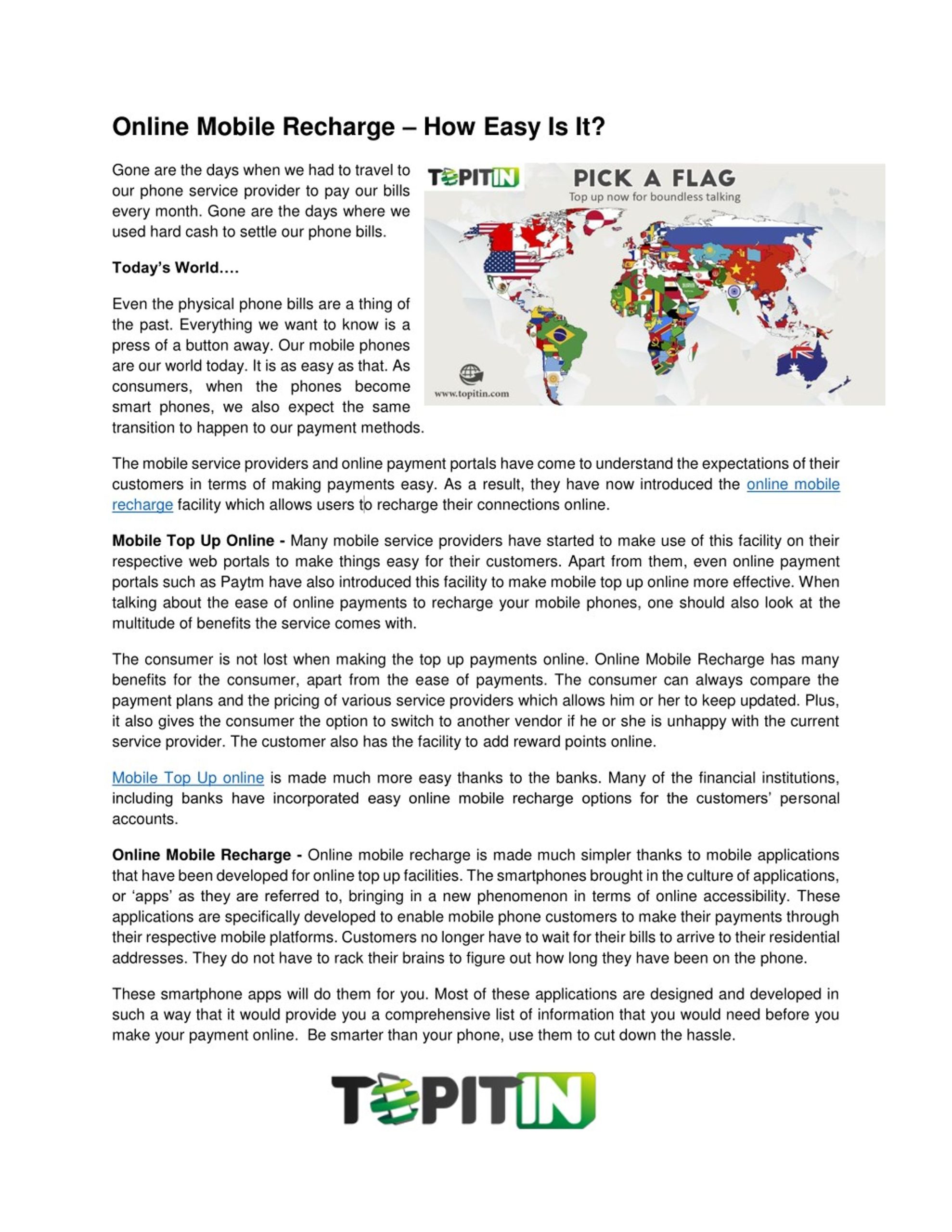**Spotify Unveils Music Video Feature for Premium Users in the U.S. and Canada**
Spotify has officially introduced a long-awaited feature that enables premium users in the U.S. and Canada to view music videos from their favorite artists. This new function, currently in beta, signifies a major growth in Spotify’s services and elevates the user experience for music enthusiasts.
**Limited Library with Prospective Expansion**
Having premiered in March 2024 across 11 markets, the music video feature has been progressively rolled out to nearly 100 countries. However, users in the U.S. and Canada had to wait until now to gain access. As of December 2025, Spotify has verified that all premium users in these regions will have access to the feature by month’s end.
Spotify has noted that although the initial selection of music videos is limited, it is anticipated to expand quickly in the upcoming months. Currently, users can enjoy music videos from well-known artists such as Ariana Grande, Olivia Dean, BABYMONSTER, Addison Rae, Tyler Childers, Natanael Cano, and Carin León.
**User Experience and Availability**
To view music videos, users just need to tap or click the “Switch to video” button that appears beneath the album or song artwork when available. This feature can be accessed on multiple platforms, including the Spotify app for TVs, desktops, iOS, and Android devices, with a full-screen viewing option.
In addition to the core catalog, Spotify encourages users to discover more music videos, including live performances and covers. These can be explored by scrolling to the “Related Music Videos” section or visiting an artist’s profile within the Music tab. Playlists organized by genre and era, such as 90s Video Hits and Hip-Hop Throwbacks, also include music videos.
**Worldwide Rollout**
In addition to the U.S. and Canada, Spotify is rolling out the music video feature for premium users in several other nations, such as Antigua & Barbuda, The Bahamas, Barbados, Dominica, Ghana, Grenada, Guyana, Haiti, Jamaica, Uganda, and Venezuela.
**Conclusion**
The launch of music videos on Spotify signifies a notable improvement for premium users, offering a more immersive way to experience music. As the library grows, users can anticipate a richer experience that intertwines audio and visual elements, further cementing Spotify’s status as a leader in the music streaming sector.
Read More
